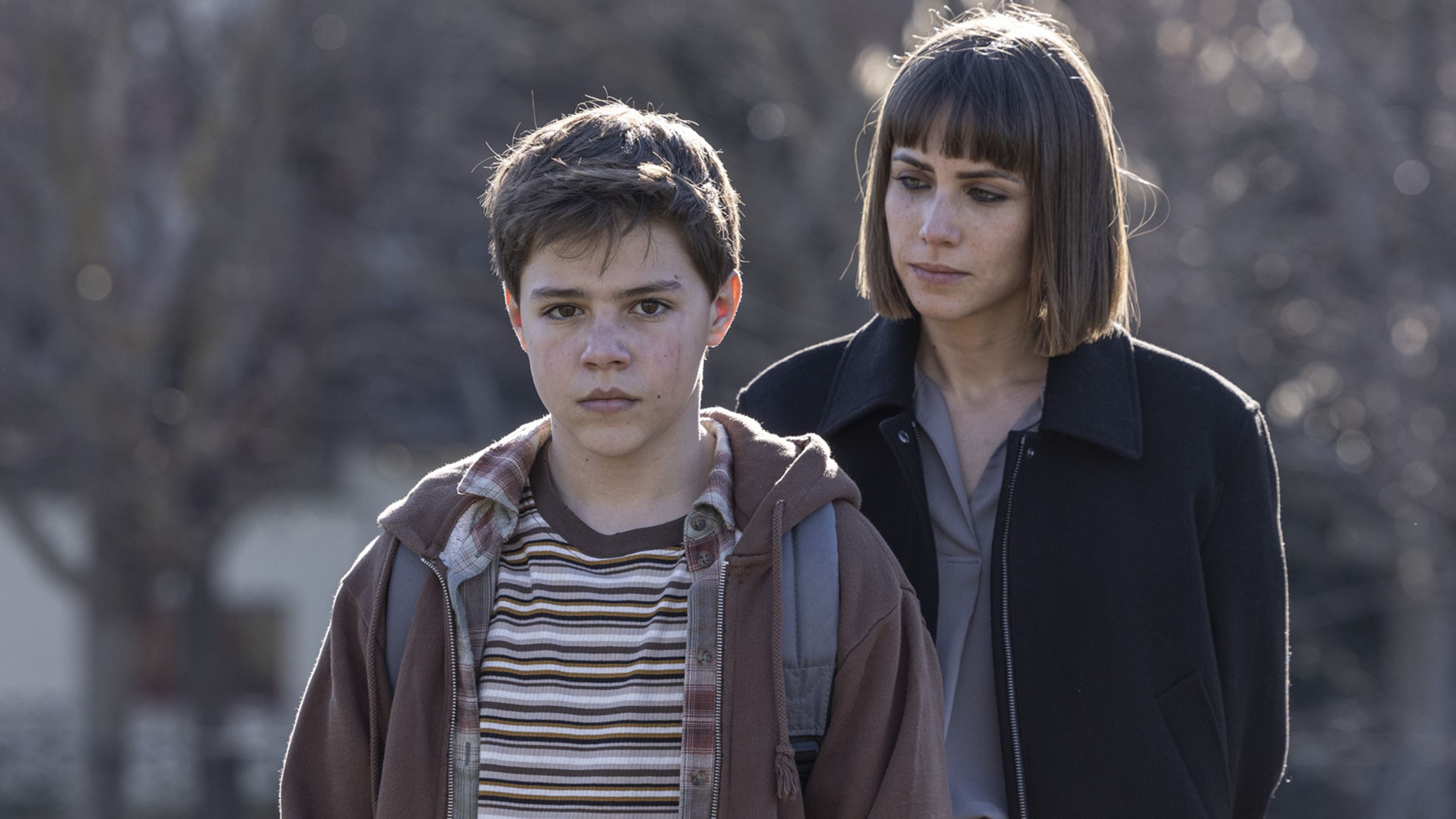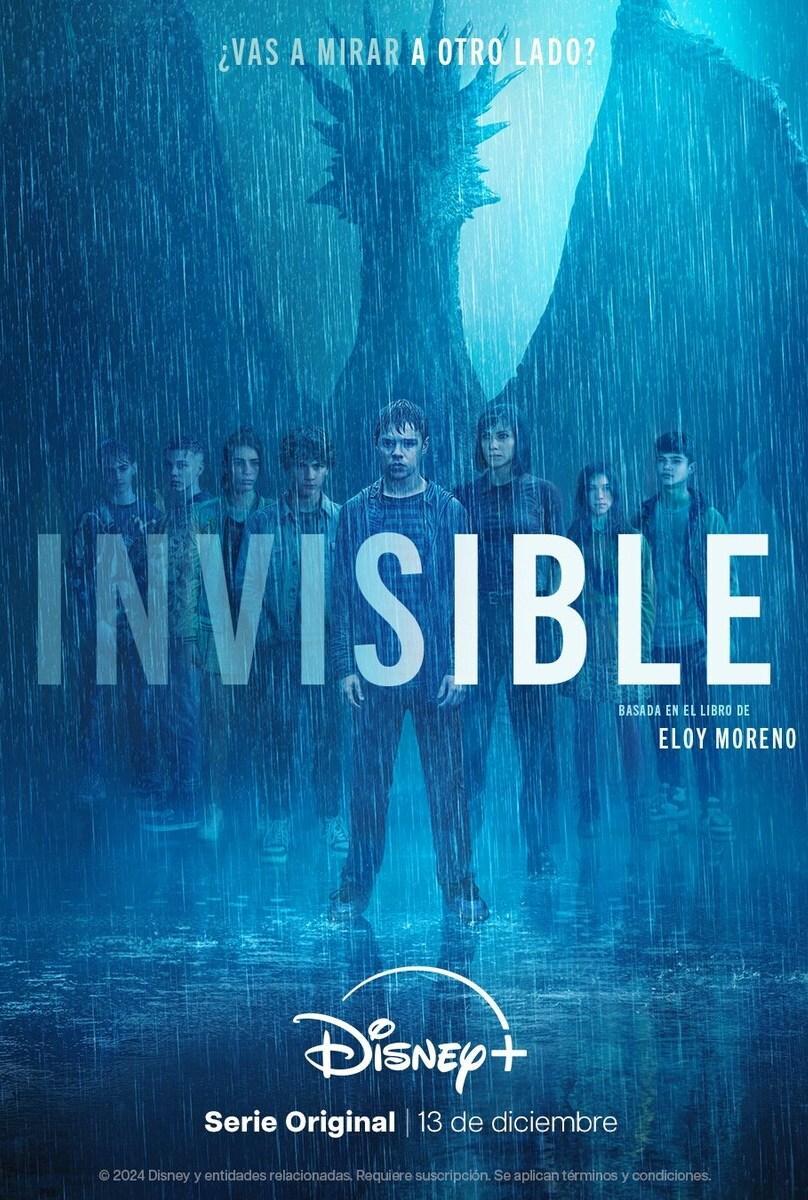Invisible String Theory - Connections We Feel
Have you ever met someone, perhaps a new acquaintance, or maybe a person who has been in your orbit for a while, and just felt an undeniable pull, a sense that your paths were somehow always meant to cross? This feeling, this quiet knowing, is at the heart of something many people call the "invisible string theory." It is a rather lovely idea, suggesting that some connections in our lives are not just random chance but are, in some respects, predestined, as if an unseen thread ties us to certain individuals, drawing us together over time and space. This concept has, you know, really captured the hearts and minds of many, offering a comforting thought about destiny and the special people we meet along the way.
The idea itself, actually, has roots in something much older than current social media trends. It comes from ancient stories, especially in East Asian cultures, where they speak of a "red thread of fate." This red thread, they say, connects lovers who are destined to be together, no matter how far apart they might be, or how many twists and turns their lives might take. It is a very beautiful image, truly, the thought of this delicate, yet strong, line linking two souls across the world, just waiting for the moment they finally meet. This age-old wisdom, you see, provides a sort of cultural backdrop for the modern invisible string theory, giving it a depth that goes beyond just a fleeting thought.
So, while the specifics might change, the core sentiment remains the same: there are some people we are simply meant to encounter. Whether you call it fate, serendipity, or just plain good luck, the invisible string theory offers a way to think about those profound connections. It is a way, in some respects, to frame those moments when someone just walks into your life and everything clicks, or when you realize that a person you have known for ages was always going to be a significant part of your personal story. This idea, then, is not just about romantic love, though that is a big part of it, but also about the various deep bonds we form with others.
- Green Lantern Film
- Kanye West Bianca Censori Grammy Awards
- Scooby Doo Cast
- Ryan True Blood
- Chelsea Clinton
Table of Contents
- The Invisible String Theory - A Connection Through Time
- What Does the Invisible String Theory Actually Mean?
- How Do People See the Invisible String Theory in Their Own Lives?
- Are There Other Ways to Look at the Invisible String Theory?
- The Colors of Connection - Invisible String Theory and Visual Cues
- Sharing Your Invisible String Theory Story
The Invisible String Theory - A Connection Through Time
Where Does the Idea of the Invisible String Theory Come From?
The core concept of the invisible string theory, as many understand it, truly comes from East Asian folklore, particularly the idea of the "red thread of fate." This old belief suggests that deities tie an invisible red thread around the ankles or fingers of those who are destined to meet, regardless of place, time, or circumstance. It is a very romantic image, honestly, the notion that some connections are simply meant to be, woven into the very fabric of existence. An ancient Chinese proverb, in fact, speaks of an "invisible red thread" that joins two people who are bound to be together, a thought that has resonated through centuries and cultures, too it's almost. This thread, they say, might stretch or tangle, but it will never, ever break, which is a rather comforting thought when you think about it, isn't it?
This ancient wisdom, you know, paints a picture of destiny, where individuals are born with this sort of attachment, a connection to another person who is meant to be their partner in life. It is not just about finding someone; it is about recognizing a bond that was always there, just waiting for the right moment to reveal itself. The idea that everyone has someone in their life who is, in a way, tied to them from birth, offers a sense of comfort and purpose. It suggests that even when life seems random, there is a hidden design, a quiet plan for our most important relationships. This is what gives the invisible string theory its deep, enduring appeal, because it speaks to a very human desire for connection and meaning.
What Does the Invisible String Theory Actually Mean?
The Invisible String Theory and Personal Bonds
When people talk about the invisible string theory today, they often mean something quite similar to these old stories, but they also broaden the idea to include many different kinds of significant relationships. It is, you know, the thought that two people have an invisible string connecting them, like we are meant to meet them at some point. This can certainly mean soulmates, those truly special romantic partners who seem to complete us. But it also covers other deep connections, like twin flames, which are often described as two halves of the same soul, or even karmic bonds, which are relationships that teach us important lessons, sometimes difficult ones, but lessons that are, you know, necessary for our growth. The theory, in essence, suggests that these important people are not just random encounters, but rather, individuals we are destined to connect with.
But the invisible string theory is not just for romantic partners, either; it can absolutely apply to other important people in your life, too. For example, it could be a best friend, someone who feels like family even if you are not related by blood. It is that person who just gets you, who you feel an immediate, profound connection with, almost as if you have known them forever. The idea is that these significant people, whether they are lovers, friends, or even mentors, are meant to cross our paths, regardless of the time, the place, or the particular situation we find ourselves in. This means that, pretty much, no matter where you go or what you do, if you are meant to meet someone, you will, in a way, eventually find them, which is a rather comforting thought, isn't it?
According to what some sources say, like Women's Health magazine, the invisible string theory suggests that everyone has someone in their lives who is, you know, meant to be there. This idea truly resonates with many because it offers a sense of hope and purpose to our relationships. It is about those moments when you look back and see how seemingly random events or small choices led you directly to a particular person, making it feel like something larger than chance was at play. This can be a very powerful way of looking at the connections we form, helping us to appreciate the unique path that brought us together with those who matter most. So, it is not just about destiny, but also about recognizing the threads that quietly guide us.
How Do People See the Invisible String Theory in Their Own Lives?
Finding Your Invisible String Theory Moments
Many people find themselves reflecting on their own experiences, trying to spot these invisible strings. They might think about a friend they met in an unexpected place, or a partner they reconnected with years after a brief encounter, and feel like, you know, "we were meant to meet them." It is about those moments that, when you look back, seem almost too perfect to be coincidental. For instance, you might realize that you and a close friend had overlapping circles or were in the same place at the same time years before you actually became friends, making it seem like fate was, in a way, gently pushing you together. These small observations can really make the invisible string theory feel very real and personal.
The invisible string theory has become quite a popular topic, especially on platforms like TikTok, where people share their own personal stories. This trend is, basically, about how individuals who are destined to care for each other will meet, no matter the time, the location, or the circumstances. People post videos and stories describing how they met their significant others or best friends through a series of seemingly random coincidences that, in hindsight, appear to be anything but random. For example, someone might share how they almost missed a train, but because they caught it, they ended up sitting next to the person who would become their life partner. These anecdotes really bring the invisible string theory to life, showing how it plays out in everyday situations.
Yet, for some, the idea of these invisible strings can feel a bit elusive. You might hear all these wonderful stories and think, "I just love the idea of the invisible string theory but can't find any invisible strings in my life." This is a very common feeling, actually. It is easy to look at your own personal history and not immediately see those clear, undeniable connections that others describe. Perhaps you feel like your relationships have been more about effort and choice than about some grand, predetermined plan. And that is perfectly fine, of course. The beauty of the invisible string theory is that it is a perspective, a way of looking at the world, and not everyone will see it in the same way, which is, you know, completely understandable.
Are There Other Ways to Look at the Invisible String Theory?
Different Perspectives on the Invisible String Theory
While many embrace the romantic and hopeful aspects of the invisible string theory, there are, you know, other ways to think about it, too. Some might view it with a more grounded or even skeptical eye. For instance, one perspective might suggest that while it would be nice to believe that fate brought people together, in reality, connections are often the result of more practical or even, in some cases, less romantic arrangements. This could mean that what appears to be a destined meeting might, in fact, be influenced by social pressures, shared circumstances, or even, you know, less than ideal situations. It is a more cynical view, perhaps, but it is one that some people hold when considering the complexities of human relationships.
This alternative viewpoint suggests that, essentially, not every connection that feels "meant to be" is necessarily a magical, fated bond. Sometimes, relationships form out of convenience, necessity, or simply because of limited options. For example, the idea that a relationship might be a "compulsory bearding arrangement forced upon" someone offers a stark contrast to the romantic notion of invisible strings. This particular interpretation, while specific, highlights that people can have very different experiences and understandings of how their relationships come to be. It reminds us that the invisible string theory, while comforting, is just one lens through which to view our connections, and that other explanations are, you know, also valid, too.
It is important to remember that people interpret these ideas in their own ways, based on their personal life stories and beliefs. What one person sees as a clear sign of destiny, another might see as a series of coincidences or practical decisions. The conversation around the invisible string theory is, therefore, very open to different interpretations and personal reflections. It is about what resonates with you, and how you choose to make sense of the people who enter your life. So, there is no single "right" way to feel about it, which is, you know, part of what makes the discussion so interesting and, honestly, quite personal.
The Colors of Connection - Invisible String Theory and Visual Cues
Seeing the Invisible String Theory in Everyday Life
Sometimes, people even find ways to visualize or symbolize these invisible strings through specific details or colors. For example, in a particular instance, the color green in one part of a story became important because, in a later part, it allowed for a reference to gold leaves. This connection then created a link to the invisible string, which was also imagined as green. It is a way of, you know, finding subtle clues or echoes in your life that seem to point to these deeper connections. This kind of symbolic thinking allows people to see the invisible string theory playing out in very specific, sometimes even artistic, ways, making the abstract idea feel a bit more concrete and personal, too it's almost.
Another example of this symbolic connection involves colors like teal. Someone might remember that the color teal was the color of a particular shirt worn by someone significant, and then realize that green and teal are not that far apart on the color wheel. This kind of observation, while seemingly small, can become a personal "sign" or a way of affirming that an invisible string exists. It is about connecting seemingly unrelated details to build a narrative of destiny or connection. These personal symbols, in a way, help people to feel more connected to the idea of the invisible string theory, allowing them to personalize the concept and make it their own, which is, you know, pretty cool.
These subtle visual cues or recurring themes can become very meaningful to individuals who are looking for signs of these deeper connections. It is like finding little breadcrumbs along your path that, when put together, form a picture of something greater. Whether it is a specific color, a repeated phrase, or a familiar place, these details can serve as personal affirmations of the invisible string theory. They help to make the abstract concept feel more tangible and, honestly, more magical, too. This way of seeing the world, you know, adds a layer of wonder to everyday life, making you look for those hidden connections.
Sharing Your Invisible String Theory Story
What's Your Invisible String Theory Story?
Given all these different ways of looking at it, people are often curious to hear about others' experiences. "What is your invisible string story?" is a question that pops up a lot, inviting individuals to share those moments when they felt a profound connection, whether it was romantic or something else entirely. It is a chance to reflect on your own life and identify those people who truly feel like they were meant to be there. For instance, perhaps you have a best friend you met in the most unlikely circumstances, or a partner whose life story seems to mirror yours in uncanny ways. These are the kinds of tales that really bring the invisible string theory to life, making it feel, you know, very relatable.
So, what invisible strings did you find in your own life? Were they romantic connections, like a partner you just knew was "the one," or perhaps a very close friend who came into your life at just the right moment? It is interesting to consider how these connections manifest. Maybe it is with a long-time companion, or a family member, or even someone who helped you through a tough time and then, you know, moved on, but left an indelible mark. The beauty of this question is that it encourages personal reflection, prompting you to look back at your relationships and see if you can spot those threads that seem to have guided your path. It is a very personal exercise, in some respects.
This discussion is, essentially, about sharing your thoughts, reactions, and theories on the concept itself. It is a chance to think about the people who have shaped your life and consider if there was something more than just chance involved in your meeting. What is an example of the invisible string theory from your life? Perhaps you worked at a place just to make a little money, and that seemingly mundane decision led you to someone who became incredibly important. These are the kinds of stories that, you know, truly highlight the subtle ways the invisible string theory might be at play in our lives, connecting us in ways we might not always see at first glance.
The invisible string theory, then, is a compelling idea that draws from ancient wisdom and resonates deeply with modern experiences. It offers a way to understand the profound connections we form, whether they are romantic or platonic, suggesting that some encounters are simply meant to be. From the red thread of fate to personal anecdotes shared on social media, the theory invites us to look for the unseen threads that tie us to the people who matter most. It is a concept that encourages reflection on the serendipitous moments and deep bonds that shape our personal journeys, offering a comforting perspective on the tapestry of human relationships.

Disney+ anuncia la adaptación de Invisible de Eloy Moreno con Paco

Liv Dobner - FilmAffinity

Scientists Use Virtual Reality To Make You 'Invisible' | HuffPost UK